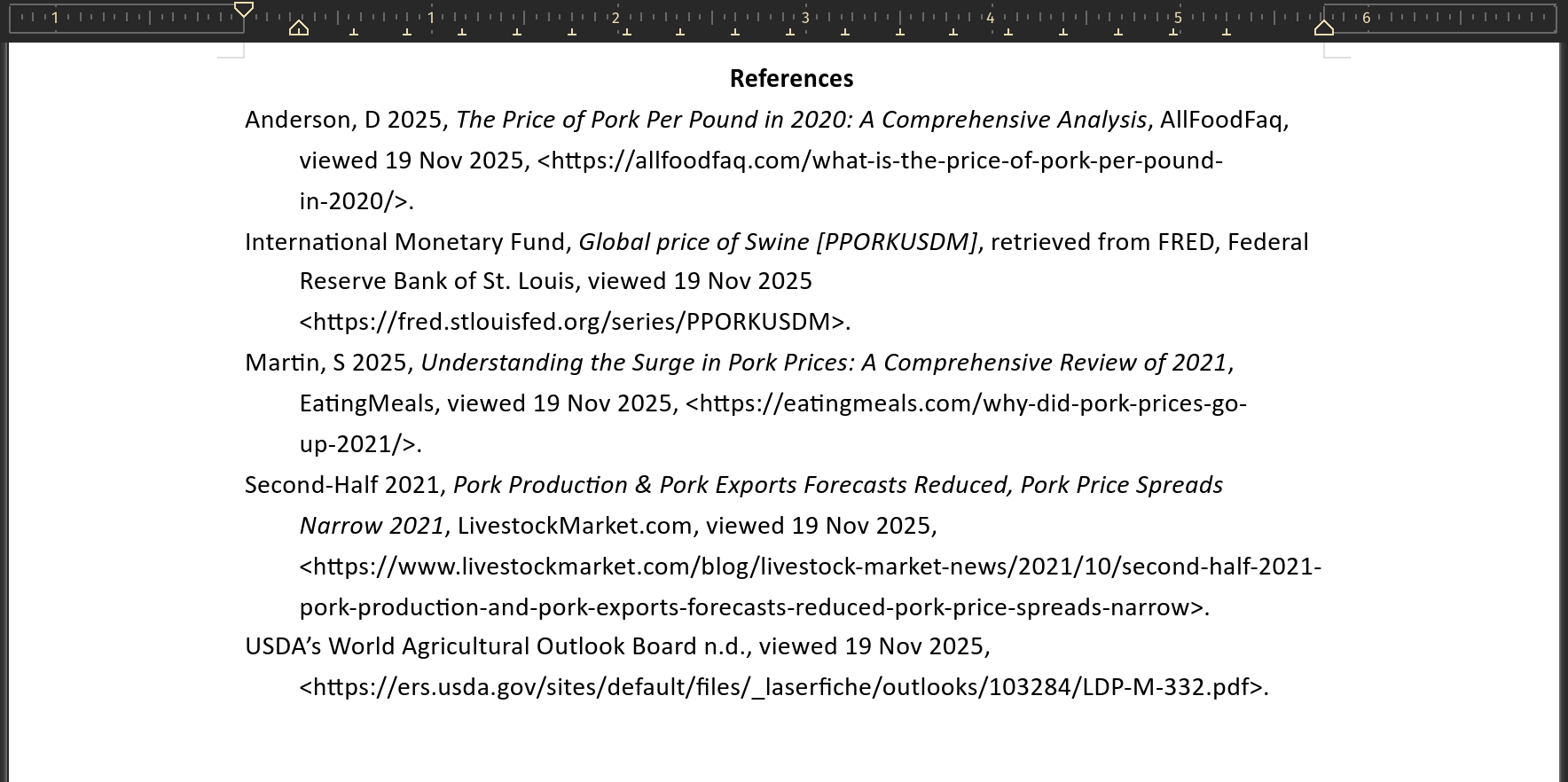G10 Period 3 Constitutional Convention
Period 3-2 Review (1781-1789)
From Confederation to Constitution
1. The Big Picture
- Time: 1781-1789
- After winning independence, the new United States almost failed. The government under the Articles of Confederation (AoC) was too weak. This period is defined by the struggle between state power and federal (national) power.
- The Turning Point: Problems under the AoC made leaders get rid of it and write a completely new U.S. Constitution at the Constitutional Convention in 1787.
2. The Articles of Confederation (AoC) (1781-1789)
Structure: A “Firm League of Friendship”
- Central Government: One “branch” only—a Congress (Legislative). No President (Executive). No National Courts (Judicial).
- Power Dynamic: The states kept almost all power. The national government was weak on purpose because Americans feared a strong central government like King George III.
The Three Fatal Problems of the AoC
| Problem | What It Meant | Real-World Consequence |
|---|---|---|
| 1. Weak Central Government | Congress could not tax, regulate trade between states, or enforce its own laws. It could only ask states for money and soldiers. | The U.S. government was broke and could not defend itself. |
| 2. Financial Instability | No power to tax = no reliable income. Congress printed worthless paper money (Continentals). War debts to soldiers and foreign nations (France, Netherlands) went unpaid. | Inflation (prices went way up). The U.S. looked irresponsible and weak to other countries. |
| 3. Domestic Disorder | No power to stop conflicts between states over trade and borders. No national army to put down rebellions inside the country. | See Shays’ Rebellion in 1786–87. |
3. The Northwest Ordinance of 1787
This is the most impactful and lasting thing the AoC government did.
